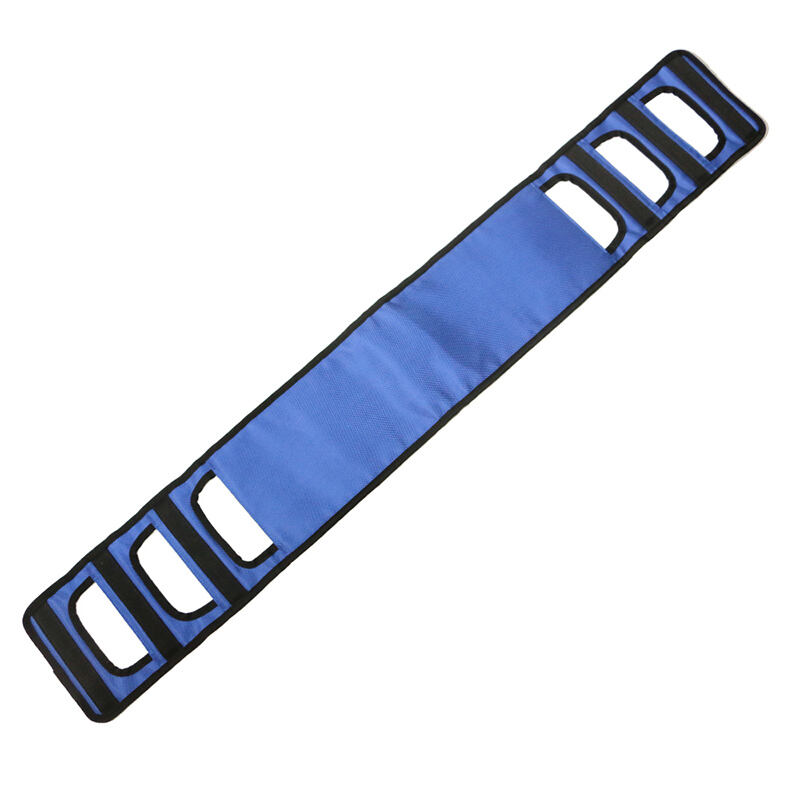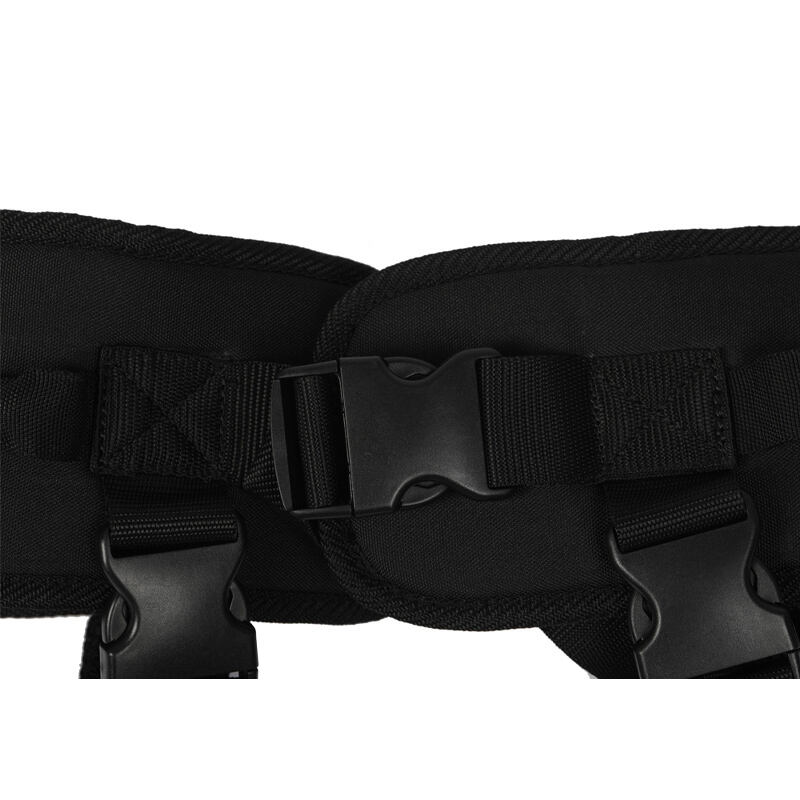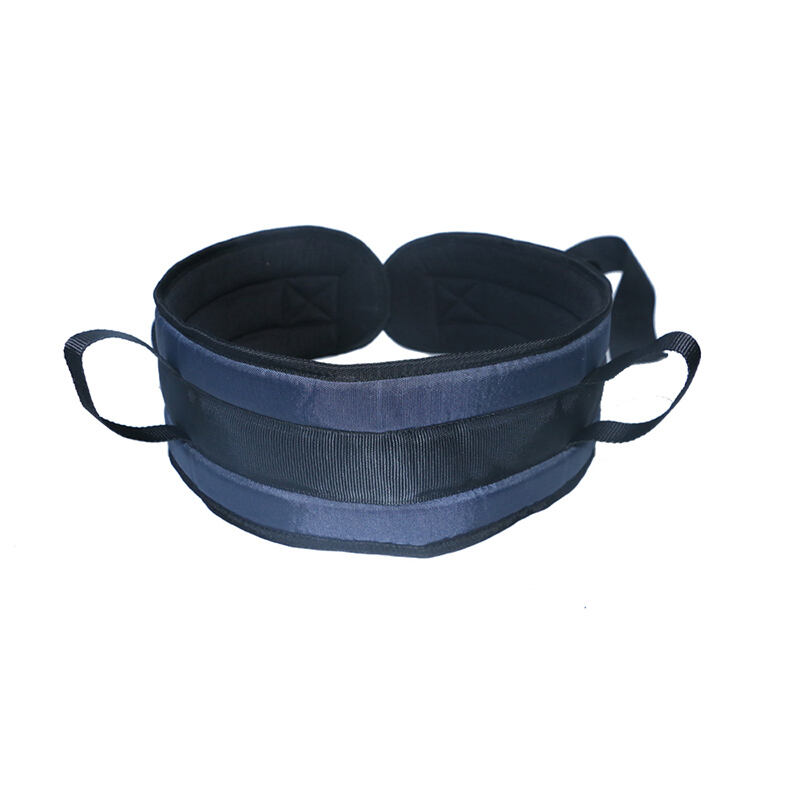Facilitating Safe Transfers with Transfer Slings
The Role of Transfer Slings in Safe Patient Mobility
Reducing Caregiver Injury Risks
Transfer slings play a crucial role in reducing injuries among caregivers by enhancing the biomechanics of patient lifting and movement. According to healthcare studies, around 50% of caregivers suffer injuries due to improper lifting techniques. The use of transfer slings allows caregivers to distribute the patient's weight evenly, reducing stress on their backs and joints significantly. This safe transfer method not only lowers the potential for strain but also helps caregivers maintain their health and extend their careers in healthcare without the risk of chronic injuries. Moreover, by facilitating better patient handling, transfer slings contribute to a higher standard of care, ensuring both caregiver and patient safety.
Essential Features for Optimal Support
Transfer slings designed for optimal support are crucial in patient lift slings, ensuring both comfort and security. These slings should be padded and feature multiple attachment points to accommodate various patient needs comfortably. The materials used, like nylon or polyester, should be durable to withstand high-use environments, guaranteeing both longevity and safety. Furthermore, the design should include features such as leg straps for stability during toileting or standing transfers, significantly enhancing the safety and effectiveness of patient motion. It is essential that slings accommodate different body shapes and sizes, offering a versatile solution for diverse patient requirements.
For more detailed information on transfer slings and their benefits, please refer to patient lift slings and transfer sling.
Top Transfer Sling Solutions for Caregivers
Transfer Sling Gait Belt-CGSL275: Multi-Angle Assistance
The Transfer Sling Gait Belt-CGSL275 is designed to provide versatile support for caregivers, offering multi-angle assistance crucial for meeting various patient mobility needs. Its specific design focuses on ergonomic support, which is instrumental in preventing falls during the transfer of patients from one location to another. By allowing caregivers to offer assistance from any angle, this gait belt significantly enhances the ease and safety of patient transfers.
Patient Transfer Gait Belt With Leg Straps-CGSL279: Stability for Toileting & Transfers
The Patient Transfer Gait Belt With Leg Straps-CGSL279 is specifically designed to ensure stability during transitions, such as to and from a toilet, which is vital for minimizing accident risks. This model features leg straps that anchor the belt securely, preventing it from sliding up and allowing for an even distribution of a patient's weight for enhanced comfort. Additionally, its easy adjustment makes it accessible for caregivers of different heights and strengths.
Patient Transfer Gait Belt-CGSL281: Quick-Adjust Security
The Patient Transfer Gait Belt-CGSL281 excels in providing quick-adjust security, allowing caregivers to secure patients swiftly without compromising on safety. This design is particularly beneficial during emergencies or when attending to patients with urgent mobility issues. Its padded handles offer a secure grip, ensuring transfers are both safe and comfortable.
Implementing Safe Transfer Techniques
Proper Positioning to Minimize Shear & Pressure
Proper positioning during patient transfers is vital to prevent shear forces and pressure ulcers, which can lead to severe health problems. Research indicates that incorrect positioning can increase the risk of pressure ulcers, so understanding the mechanics of patient positioning is crucial for caregivers. Caregivers should be trained in effective body mechanics to maintain the correct posture when moving patients, thus avoiding unnecessary injuries to themselves and the patients. According to the guidelines from professional healthcare organizations such as the Royal College of Nursing, specific transfer techniques should be rigorously followed to ensure effective outcomes and patient safety. By adhering to these guidelines, caregivers can help minimize risks such as shear and pressure-related injuries during transfers between chairs, beds, or other surfaces.
Routine Maintenance and Caregiver Training
Regular maintenance of transfer slings is essential to ensuring their safety and durability, effectively preventing unexpected failures during patient handling. This involves periodic inspection for wear and tear, ensuring cleanliness, and validating the slings' mechanical integrity according to manufacturer guidelines. In addition to maintaining equipment, caregiver training is paramount. Training programs should include updates on best practices in sling usage and patient handling techniques. Studies have shown that caregiver training significantly reduces injuries related to patient transfers, thereby underscoring its importance (Noble and Sweeney, 2018). By participating in regular training, caregivers can ensure the use of current methods and tools, staying informed about innovations in device handling and safe transfer practices. This equips caregivers to provide better care and improve patient mobility safely.

 EN
EN































